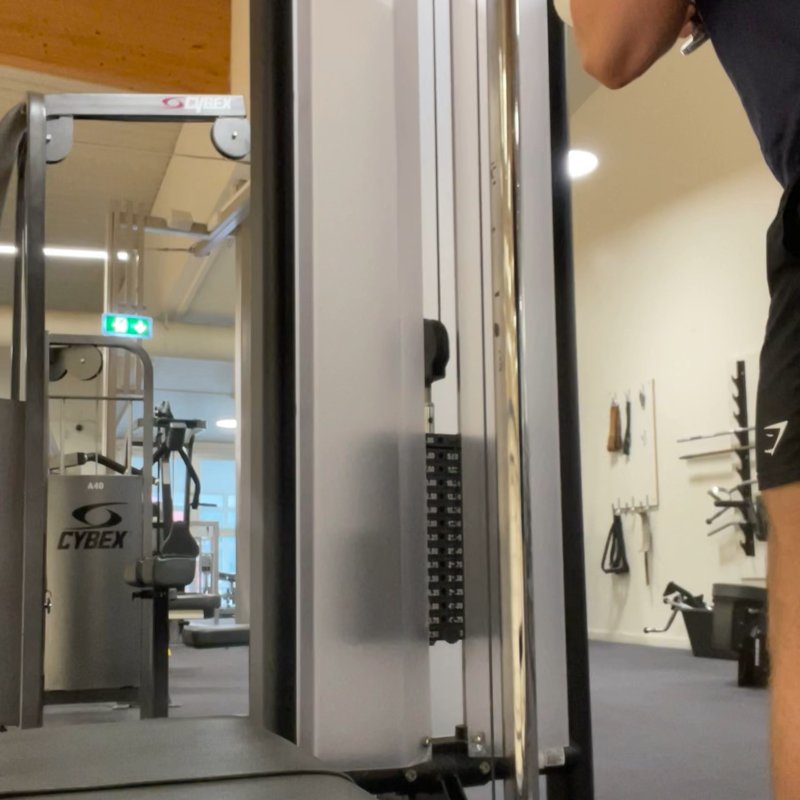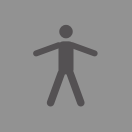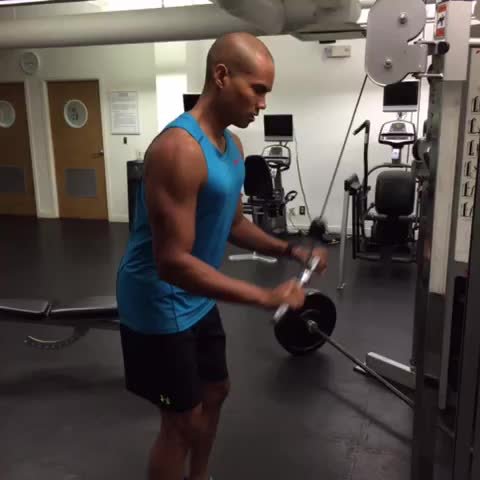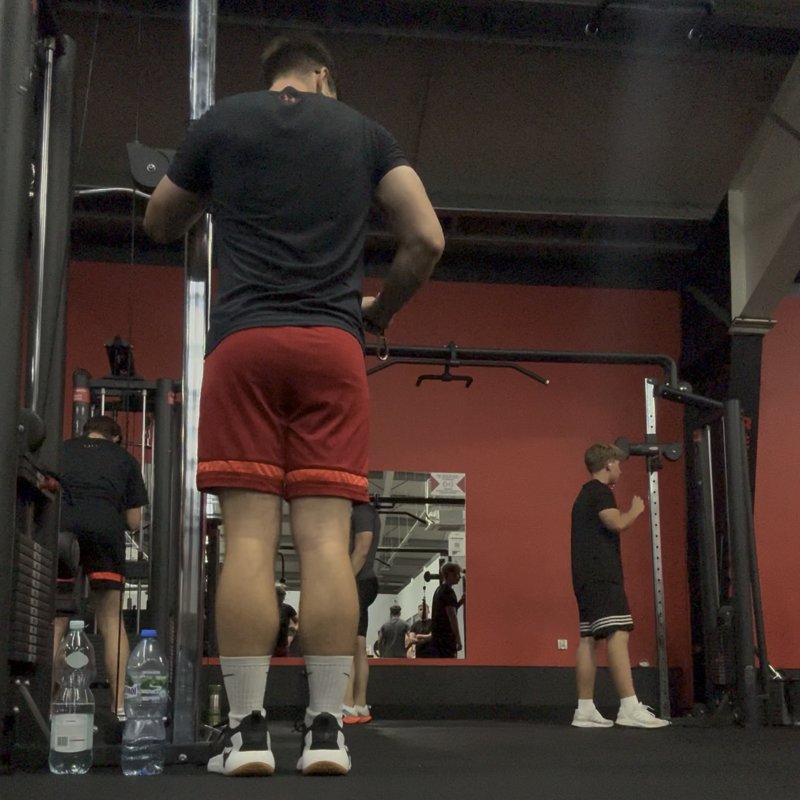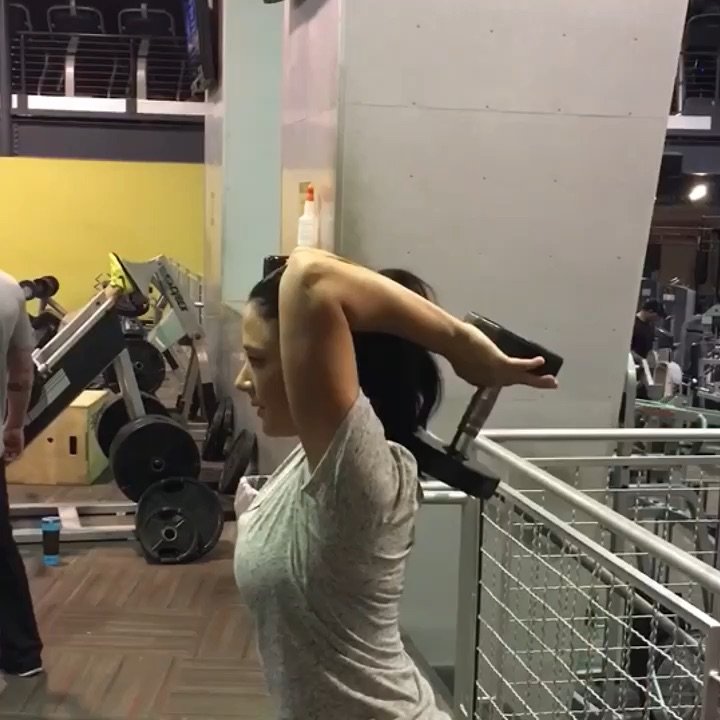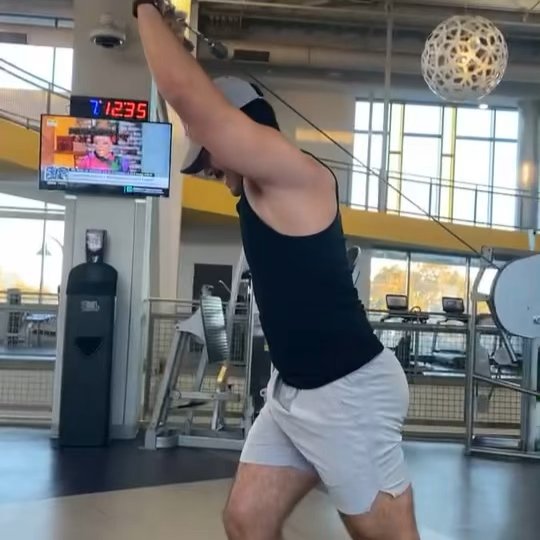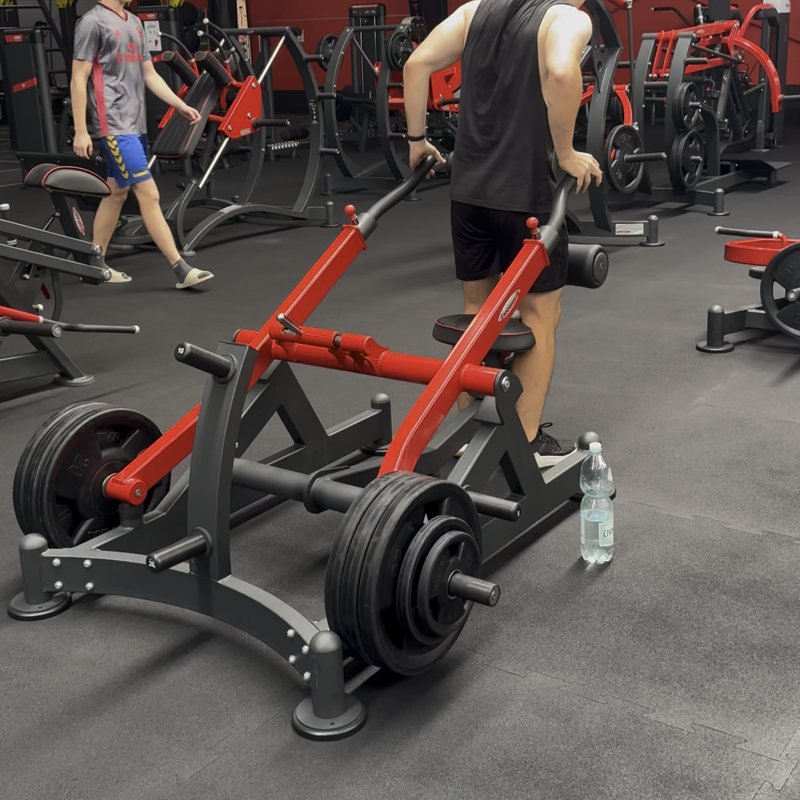Rope Pushdown: The Ultimate Guide
The rope pushdown is an effective isolation exercise for targeting the triceps muscles. This guide covers proper technique, variations, and programming strategies to help you build stronger, more defined arms.

Quick Facts
Key Benefit
Develops defined, powerful triceps with minimal shoulder and elbow stress
Primary Muscles
Triceps
Secondary Muscles
Anterior Deltoids, Forearms
Equipment
Cable Machine
Difficulty
Beginner
Type
Isolation, Hypertrophy
In This Guide
Ready to master the Rope Pushdown?
Track your progress, see improvements over time, and build strength consistently.
Download GravitusThe Rope Pushdown is one of the most effective exercises for isolating and developing the triceps muscles. This cable-based movement provides consistent tension throughout the range of motion and allows for a powerful contraction at the end position that few other triceps exercises can match. As an isolation exercise, the rope pushdown specifically targets all three heads of the triceps brachii—the long, lateral, and medial heads—with particular emphasis on the lateral and medial heads. When performed correctly, it places minimal stress on surrounding joints while maximizing triceps engagement. The unique rope attachment allows your hands to separate at the bottom of the movement, creating an external rotation component that intensifies the contraction and engages the triceps more completely than straight-bar or V-bar variations. Whether you're looking to add size to your arms, improve pushing strength, or simply achieve more defined triceps, the rope pushdown deserves a place in your training program. This guide covers proper technique, common mistakes to avoid, effective variations, and programming strategies to help you maximize your results with this excellent triceps builder.
Why the Rope Pushdown Is Worth Mastering
The rope pushdown offers several unique benefits that make it an essential exercise for triceps development:
Complete Triceps Development
Effectively targets all three heads of the triceps muscle, with particular emphasis on the lateral and medial heads that contribute significantly to arm thickness.
Constant Tension
The cable provides consistent resistance throughout the entire range of motion, unlike free weights that have varying tension due to gravity and leverage.
Joint-Friendly Isolation
Allows focused triceps training with minimal stress on the shoulder joint, making it suitable for those with shoulder issues who still want to train arms effectively.
Proper Rope Pushdown Form: Step-by-Step
Setup
- Attach a rope handle to a cable machine at a high pulley position (above head height).
- Set an appropriate weight that allows for controlled movement with proper form.
- Stand facing the cable machine with feet shoulder-width apart or in a slight staggered stance for stability.
- Grasp the ends of the rope with a neutral grip (palms facing each other), keeping your hands close together.
- Tuck your elbows in close to your sides, positioned at approximately a 90-degree angle.
- Stand upright with a slight forward lean from the hips, maintaining a neutral spine and engaged core.
The Movement
- Keeping your upper arms stationary and pinned to your sides, exhale as you push the rope downward by extending your elbows.
- As your arms approach full extension, slightly rotate your wrists outward, separating the ends of the rope for an intensified contraction.
- At the bottom position, focus on squeezing your triceps while your arms are fully (but not forcefully) extended.
- Hold the contracted position momentarily, focusing on the peak contraction in your triceps.
- Inhale as you slowly return to the starting position in a controlled manner, allowing your elbows to bend until they return to the 90-degree angle.
- Maintain tension on the triceps throughout the movement, never allowing the weight stack to rest between repetitions.
Key Form Tips
Elbow Position
Keep elbows fixed close to your ribcage throughout the entire movement.
Wrist Rotation
Allow a natural outward rotation at the bottom of the movement to enhance contraction.
Range of Motion
Use a full range of motion without letting the weight stack touch down between reps.
Torso Position
Maintain a stable torso position—avoid leaning forward or backward during the movement.
Controlled Negative
Take 2-3 seconds on the way up (eccentric phase) for optimal muscle development.
Shoulder Position
Keep shoulders down and back, not hunched or shrugged up toward your ears.
Muscles Worked in the Rope Pushdown
Primary Muscles
- triceps: The three-headed muscle on the back of the upper arm, with emphasis on the lateral (outer) and medial (inner) heads during this pushing movement, while the long head is also activated but to a lesser extent than in overhead exercises.
Secondary Muscles
- anconeus: A small muscle at the elbow that assists with elbow extension and stabilization during the movement.
- forearms: The muscles of the forearm assist in gripping the rope attachment and provide stabilization at the wrist joint.
- anterior deltoids: The front shoulder muscle contributes minimally as a stabilizer if proper form is maintained.
Common Mistakes and How to Avoid Them
Moving the upper arms
Allowing your elbows to move away from your sides turns this into a less effective compound movement. Keep your upper arms locked in position against your torso throughout the entire exercise, focusing on moving only at the elbow joint.
Using excessive weight
Going too heavy typically leads to compromised form, reduced range of motion, and involvement of other muscle groups. Choose a weight that allows you to perform the movement with strict form while still challenging your triceps.
Incomplete range of motion
Not fully extending the arms or not allowing enough flexion at the starting position reduces muscle activation. Move through a complete range of motion from about 90 degrees of elbow flexion to nearly full extension (without forcefully locking out).
Using momentum
Leaning forward or backward to assist the movement reduces triceps engagement. Maintain a stable torso position and focus on controlled movement using only triceps strength.
Rope Pushdown Variations
Grip Variations
-

Single-Arm Rope Pushdown
Performing the exercise one arm at a time allows for greater focus on each individual triceps and can help address strength imbalances between sides.
-

Underhand Grip Rope Pushdown
Using an underhand grip (palms facing up) with the rope creates a different angle of pull that can place more emphasis on the medial head of the triceps.
-

Split-Stance Rope Pushdown
Taking a staggered stance provides greater stability and can help minimize body sway during heavier sets.
Equipment Variations
-
V-Bar Pushdown
Using a V-shaped bar attachment instead of a rope keeps the hands in a fixed position throughout the movement, which some find allows for heavier loading.
-
Straight Bar Pushdown
A straight bar attachment typically enables the use of heavier weights but may place more stress on the wrists and provide less peak contraction than the rope.
-
Band Pushdown
Substituting a resistance band for the cable creates a different resistance curve with increasing tension at the end range, emphasizing the lockout position.
FAQs About the Rope Pushdown
The triceps respond well to both heavy loads and higher repetition ranges, but for the rope pushdown specifically, moderate to higher reps (10-15) typically provide the best balance of mechanical tension and metabolic stress. The triceps contain a mix of fast and slow-twitch muscle fibers, so varying your approach is beneficial. For optimal development, consider periodizing your training—spending some training blocks focusing on heavier weights (8-10 reps) for mechanical tension, and others using higher reps (12-20) with perfect form and peak contractions for metabolic stress and mind-muscle connection.
The rope pushdown is versatile and can fit into your routine in several ways. As an isolation exercise, it typically works best after compound pressing movements like bench press, overhead press, or dips. For a push day, place it toward the end of your workout after chest and shoulder work. For an arm day, it can come after biceps training or be alternated with biceps exercises in a superset fashion. If triceps are a priority for you, occasionally leading with the pushdown can help emphasize fresh, focused triceps work before fatigue from compound movements sets in.
Elbow pain during rope pushdowns often stems from improper form, excessive weight, or overuse. First, ensure you're not fully locking out your elbows at the bottom position, as this can create stress at the joint. Second, try modifying your grip position slightly—sometimes a minor adjustment can reduce strain. Third, consider using a lighter weight with perfect form, focusing on the muscle contraction rather than the load. If pain persists, implementing a 2-3 week period of reduced intensity and volume, along with appropriate recovery techniques like light stretching and possibly compression, can help. For persistent pain, consult with a physical therapist or sports medicine professional.
Video Demonstrations
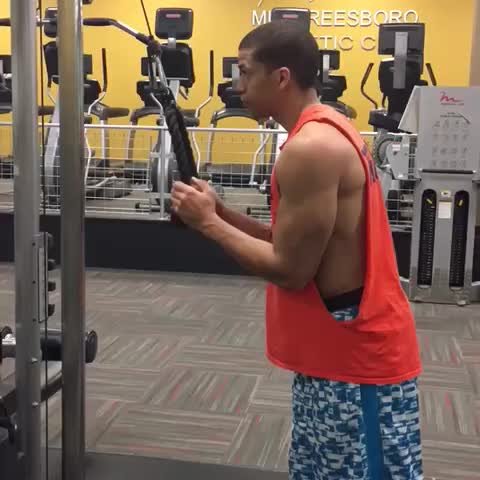
Log in to watch video demonstrations
Login to Watch3 video demonstrations available
Find more video demonstrations in the Gravitus app
Tips from the Community
-

Remember to keep your elbows locked in and to make sure you are isolating your triceps and not using your body or momentum.
-

MDS
-

Use 2 ropes to get a longer range of motion
-

Start w/ rope pushdowns to send blood into triceps w/o much elbow involvemen
Track your progress with Gravitus
Download Gravitus to log your workouts, track your progress, and join a community of fitness enthusiasts.

Helpful Resources
One Rep Max Calculator
Find your one rep max for any exercise without maximal testing. Essential for developing effective strength training programs.
Calculate 1RMWorkout Programs
Follow structured workout programs created by fitness professionals to maximize your strength and muscle gains.
View Programs